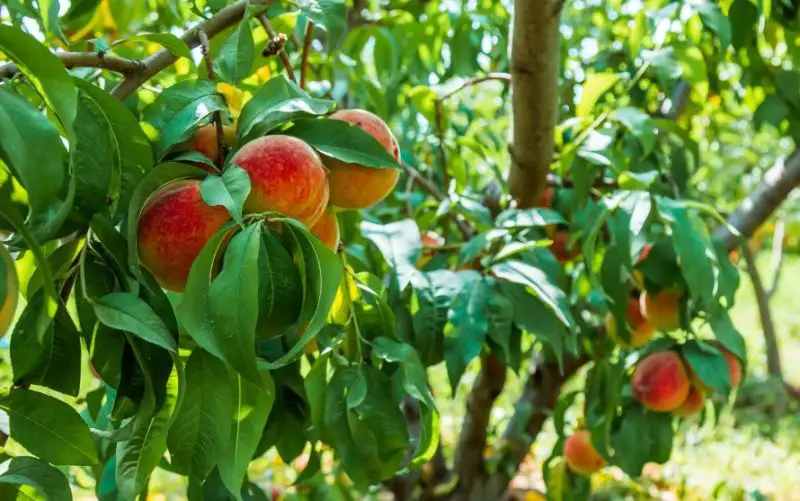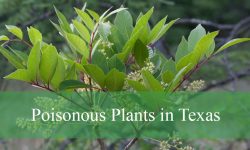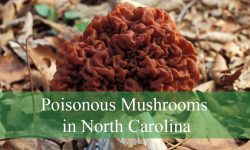Peach trees are a favorite among gardeners for their delicious fruits and ornamental value. They are self-fertile, which means you only need one tree to produce fruit, though it may take three to four years before you see your first harvest.
This guide will take you through everything you need to know to grow and care for a peach tree successfully, ensuring your tree thrives and produces juicy peaches year after year.
Understanding Peach Trees

Peach trees, scientifically known as Prunus persica, belong to the Rosaceae family. They are deciduous trees native to China and are famous for their sweet, juicy fruits and stunning pink blossoms. While there are many varieties, peach trees typically grow between 4 to 25 feet tall and 5 to 25 feet wide, depending on the cultivar.
- Common Name: Peach
- Botanical Name: Prunus persica
- Family: Rosaceae
- Plant Type: Fruit tree
- Mature Size: 4-25 feet tall, 5-25 feet wide
- Sun Exposure: Full sun
- Soil Type: Sandy, well-drained
- Soil pH: Acidic
- Bloom Time: Spring
- Flower Color: Pink
- Hardiness Zones: USDA 5-9
- Toxicity: Toxic to humans and pets (except the fruit)
Types of Peach Trees
There are hundreds of peach tree varieties to choose from, each with unique characteristics. Most peach trees produce freestone fruits, which means the fruit’s flesh easily separates from the pit, making them ideal for eating fresh or canning.
- ‘Halehaven’: A midseason variety known for its extremely sweet fruit.
- ‘Carolina Belle’: Produces large, freestone peaches with creamy white flesh.
- ‘Reliance’: An early-season producer, perfect for colder climates.
- ‘Bonanza’: A dwarf peach tree that grows up to 6 feet tall, making it ideal for small gardens or containers.
Peach Tree Care
Caring for a peach tree involves providing the right environment, ensuring adequate sunlight, watering correctly, and protecting it from pests and diseases. Below are key care practices for growing a healthy peach tree.
Planting Peach Trees
The best time to plant a peach tree is during late winter or early spring, while the tree is dormant. Choose a sunny, sheltered location to plant your tree, preferably in an area with slightly elevated ground where frost doesn’t settle.
- For standard peach trees, plant them 18 to 20 feet apart.
- For dwarf peach trees, space them 5 feet apart.
- Dig a hole large enough to accommodate the tree’s roots without crowding them.
- After planting, water the tree deeply and add mulch around the root zone to retain moisture.
Light Requirements
Peach trees need full sun—at least 6 to 8 hours of direct sunlight per day. Insufficient sunlight can lead to reduced fruit production, weaker trees, and increased vulnerability to pests and diseases.
Soil and Watering
Peach trees thrive in well-drained, sandy soil with a slightly acidic pH. If your soil is heavy or clay-like, you can improve drainage by adding compost or organic mulch.
Keep the soil evenly moist, especially during the first two years while the tree is establishing itself. Avoid overwatering, as soggy soil can lead to root rot and other issues.
Temperature and Humidity
Peach trees grow best in USDA zones 5 to 9. They prefer moderate temperatures and require 600 chilling hours (below 45°F) to trigger proper fruiting. However, extended periods of freezing temperatures below 0°F can damage the tree.
Although peach trees tolerate humid conditions, excessive moisture can encourage fungal diseases. Ensure good air circulation and avoid over-watering.
Fertilizing
Each spring, apply a balanced 10-10-10 fertilizer around the base of your peach tree. Start with 1 pound for young trees and increase by 1 pound each year, up to 10 pounds for mature trees. This will ensure the tree gets the necessary nutrients for healthy growth and fruit production.
Pruning
Pruning is crucial for a peach tree’s health and productivity. Proper pruning ensures that sunlight reaches the inner branches, which promotes better fruit development and reduces the risk of disease.
Prune annually in early spring when buds begin to swell but before they fully open. Focus on creating an open center or “vase-like” structure by removing any branches growing inward or downward. This encourages air circulation and sunlight penetration.
Do not prune during the tree’s dormant period, as this can reduce its cold hardiness.
Propagating Peach Trees
Peach trees can be propagated from softwood cuttings or seeds (pits). While growing from seeds is more time-consuming, it’s a rewarding process. Here’s how to propagate a peach tree from a softwood cutting:
- Take a 9-inch cutting from a healthy branch in spring.
- Dip the cutting in rooting hormone to encourage growth.
- Plant it in a sterile potting medium and keep it moist.
- Roots should develop within a month.
Common Pests and Diseases
Peach trees are susceptible to various pests and diseases, and early intervention is key to preventing damage.
Pests
- Peach tree borers: These are the most common and harmful pests. The larvae burrow into the tree trunk, causing sap to ooze out. Look for signs of sawdust-like waste around the trunk and manually remove the grubs if possible.
- Aphids and spider mites: These insects create sticky residue on leaves and can weaken the tree over time. Treat infestations with insecticidal soap.
Diseases
- Powdery mildew: This fungal disease causes white, powdery spots on fruits and leaves. To prevent it, ensure good air circulation and avoid overwatering.
- Peach leaf curl: A fungal infection that causes leaves to deform and turn brown. Treat affected trees with a copper-based fungicide in late fall or early spring.
Harvesting and Storing Peaches
Most peach varieties are ready for harvest in late summer. Peaches are ripe when they are soft to the touch and have a sweet aroma. Gently twist the fruit off the branch to avoid bruising it.
To store peaches, keep them in a cool, dry place for up to a week. For longer storage, peaches can be frozen, canned, or dried.
How to Encourage More Blooms
If your peach tree isn’t blooming, it may be due to a lack of chilling hours or improper care. To encourage more blooms:
- Plant the right cultivar for your climate.
- Make sure the tree receives enough sunlight and water.
- Avoid over-fertilizing, which can result in too much leaf growth and not enough flowers.
You can also try thinning out the flowers to produce larger fruits. Leave about 6 to 8 inches between flowers to ensure each fruit has enough space to grow.
Overwintering Peach Trees
Prepare your peach tree for winter by harvesting all fruit and adding a thick layer of mulch around the base. In regions with harsh winters, wrap the tree with burlap to protect it from freezing temperatures.
Conclusion
Growing peach trees requires patience, but with the right care, they can produce delicious fruit for many years. By ensuring they get enough sunlight, water, and nutrients and by protecting them from pests and diseases, you’ll be rewarded with a bountiful harvest. Whether you’re planting a dwarf variety in a container or growing a full-sized tree in your garden, peach trees are a fantastic addition to any landscape.
Embrace the beauty and bounty of peach trees and enjoy the fruits of your labor!






